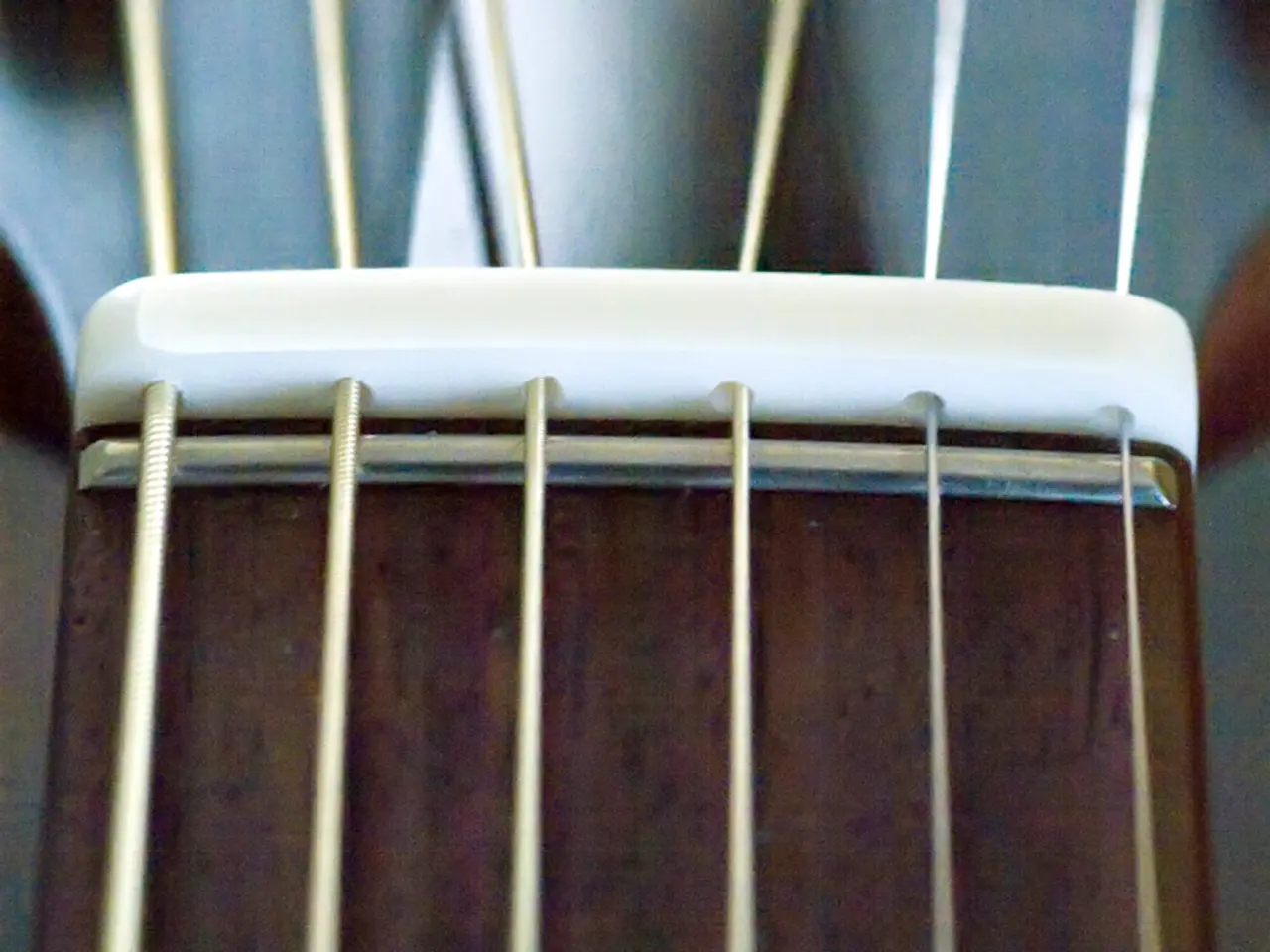Comparing Advantages and Disadvantages of String Inverters versus Microinverters
===============================================================================================
In the world of solar energy, two types of inverters dominate the scene: string inverters and microinverters. Each has its unique advantages and disadvantages, making them suitable for different solar panel systems.
String inverters, known for their affordability, are typically used with solar panel systems that see full sun exposure. These inverters are attached to a series circuit that connects to a string of individual solar panels. They are among the most cost-effective options for solar systems, but their performance is limited by the weakest panel in the series, a phenomenon known as the "Christmas light effect." This can lead to reduced efficiency if any of the panels are shaded throughout the day.
On the other hand, microinverters are smaller, typically around the size of an internet router, and are fixed to every solar panel. They convert DC to AC at each panel independently, avoiding performance drops from shading or panel issues, and can yield 5-25% more energy. This makes them ideal for roofs with shading, multiple orientations, or complex layouts where maximizing panel-level output is important.
One significant advantage of microinverters is their panel-level monitoring, which provides detailed insights into the performance of each panel. This feature is particularly helpful for detailed diagnostics and optimization. However, maintenance on microinverters can be challenging, especially compared to string inverters, and may require solar installers to get on the roof and unbolt solar modules to replace malfunctioning or failed microinverters.
When it comes to safety, microinverters eliminate high-voltage DC wiring on the roof, enhancing safety. This feature has been recognised by fire safety authorities. String inverters, on the other hand, use high-voltage DC wiring, which has a higher fire risk.
Expanding a solar system with microinverters is simpler, as additional panels can be easily added without the need for new inverters. This scalability and redundancy offered by microinverters can be a significant advantage for homeowners or business owners who plan to expand their solar panel systems in the future.
In terms of warranty and lifespan, microinverters have longer warranties (often 25 years) and improved reliability over time. String inverters, while more affordable upfront, generally have a shorter lifespan, usually around eight to 12 years.
Choosing between string vs. microinverters depends on the constraints of the project, such as solar panel orientation, budget, and the desire to expand the solar panel system. A solar installer can help you find the best solar inverter for your specific needs.
[1] Solar Power World [2] EnergySage [3] SolarReviews [4] Renewable Energy Hub [5] Solar Power Europe
- In the solar energy sector, microinverters and string inverters are the primary types, each offering distinct advantages for various solar panel systems.
- Microinverters, smaller and panel-specific, convert DC to AC independently, boosting efficiency for complex Solar panel systems with shade or multiple orientations.
- Data and cloud-computing technology enable panel-level monitoring in microinverters, offering valuable insights into panel performance for diagnostics and optimization.
- Expanding a solar system with microinverters is simpler, as it allows for the addition of new panels without requiring new inverters, providing scalability and redundancy.
- While solar installations often favor string inverters due to affordability and compatibility with solar panels in full sun, microinverters have longevity advantages, with longer warranties (up to 25 years) and enhanced reliability compared to string inverters.




